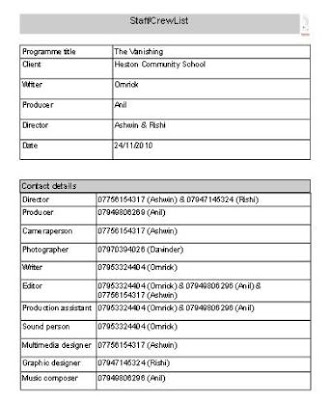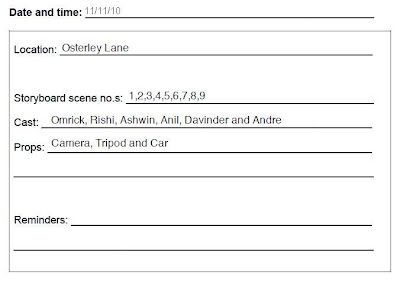Creating a film can be very expensive, with feature films need healthy takings at the box office to cover the costs of production, pay investors and make enough money for the next release. The film has a limited time to become a ‘box-office hit’. The marketing campaign is a significant element, as it informs the audience about the film with a purpose of attracting the people to watch the film. The companies who own the film and loan it to the cinema to show for short amount of time are called the distributors. If the film is a success it will make it easier for the distributors to construct a marketing campaign that aim to raise awareness of the film and increase interest. From this the distributors stand the best chance of making a profit on the film.
The trailer is a powerful ‘media platform’ in the marketing campaign. Posters are also important as they seek the initial interest of the audience but do not convey the excitement and tone of a film, in contras to a trailer. Combining the moving image and sound both experienced ‘larger than life’ through the advanced equipment of the cinema auditorium. The trailer is personified as it stirs our emotions and provides us with a ‘flavour’ of the film that is impossible through still images alone.
Trailer are created and produced simultaneously with the editing of the film. A very short version of the trailer, ‘teaser’ will be released early on in the marketing campaign to give people an idea of what the narrative of the film is. It is also constructed to give the audience a ‘buzz’ around release. ‘New technologies’, such as mobile phones, developing hardware and especially computers allow films to have their own websites t can be a form of communicating with the audience. From these websites, the film’s teaser trailer is often seen first online. After this, theatrical and television spots will begin to appear to maintain and strengthen the initial ‘buzz’.
When a film is being shown in a range of countries it is expressing the term of ‘global releasing’. The majority of the films we see in the UK originate from the US and the trailers have been created there, hence the use of American vocabulary and accent in the voiceover. Sometimes the trailer may be re-cut for different countries, with a different voiceover or even dubbed speech. In addition, there may be also alternative cuts of the trailer aimed at the interests of different audience groups.
‘Film piracy’ is a term that involves recording and copying a product, in this case a film. For example, a film in the USA is usually released before releasing in Europe. However, pirated versions of the film are released earlier than the original and actual film’s scheduled release date. As this can eat into box-office profits, those involved in promoting a film need to carefully control the process of release.
Along with the Internet Movie Database, Apple Movie Trailers and official websites for film titles often carry trailers that have been cut for general audience and so are suitable for viewers of any age. In contrast to the cinema, age restrictions can be very difficult to enforce. However, through blogging and social networking sites, from a film distributor’s perception, online marketing is a very effective technique to generate interest in the film before the film release.
Another element of film is its genre. Genre is significant in film marketing because our decision about what to see will partly depend upon whether we enjoyed other similar film. When we view a trailer we are automatically ‘decoding’ what we see and hear to establish the films genre. For instance, dark shadowy figures and scary music connotes a horror genre. Animated images and bright colours appeal to a simpler mind, thus attracting children.
Another indication as to the genre of a film is the stars. Different film actors and actresses link to specific genres, such as Jack Black heavily associates himself with comedy and Steven Seagal inking with action.
A trailer shows a film is worth going to see from its USP (unique selling point). This is what separates one film title from another released at a similar time or within the same genre. The USP could be the innovative use of special effects or it could be a star playing an ‘against role’. For example if an actor who normally plays a dominant hero in an action movie, he might play a weak and more emotional type of individual.
Trailers are not ‘mini-films’. They are a genre in there own right and are designed to capture our attention and hold it for a short space of time. One of the most significant aspects of this is the sound. Sound has a huge impact as it can manipulate our emotions and create a specific atmosphere. The voiceover, a feature of advertising, is used to summarise aspects of he story and emphasise credit information. The voiceover also looks to promote the film by building our anticipation.




































